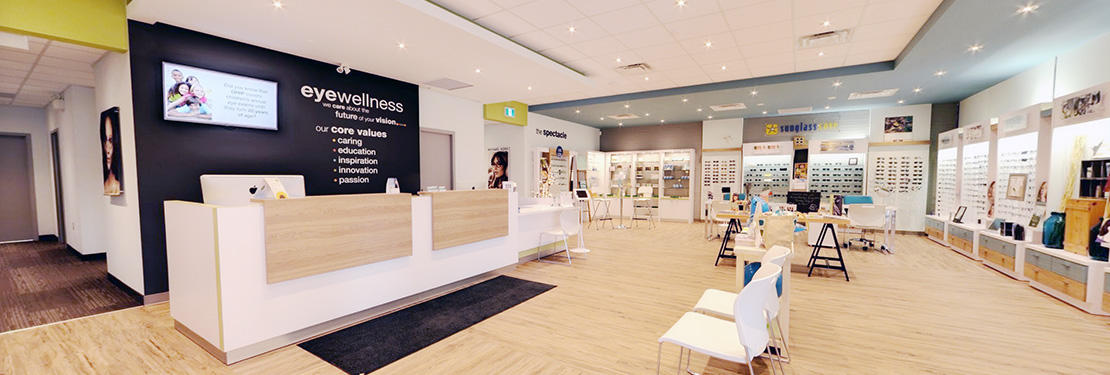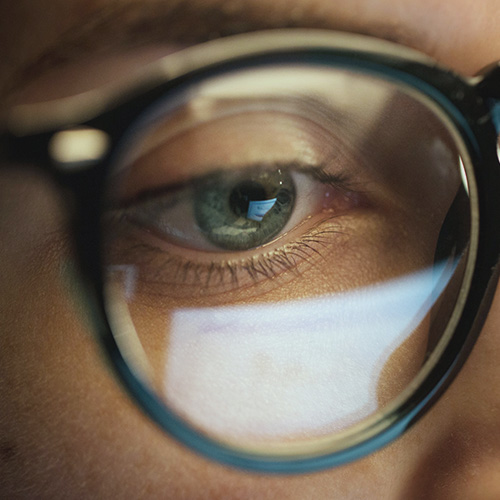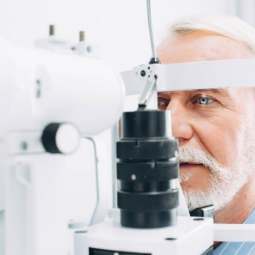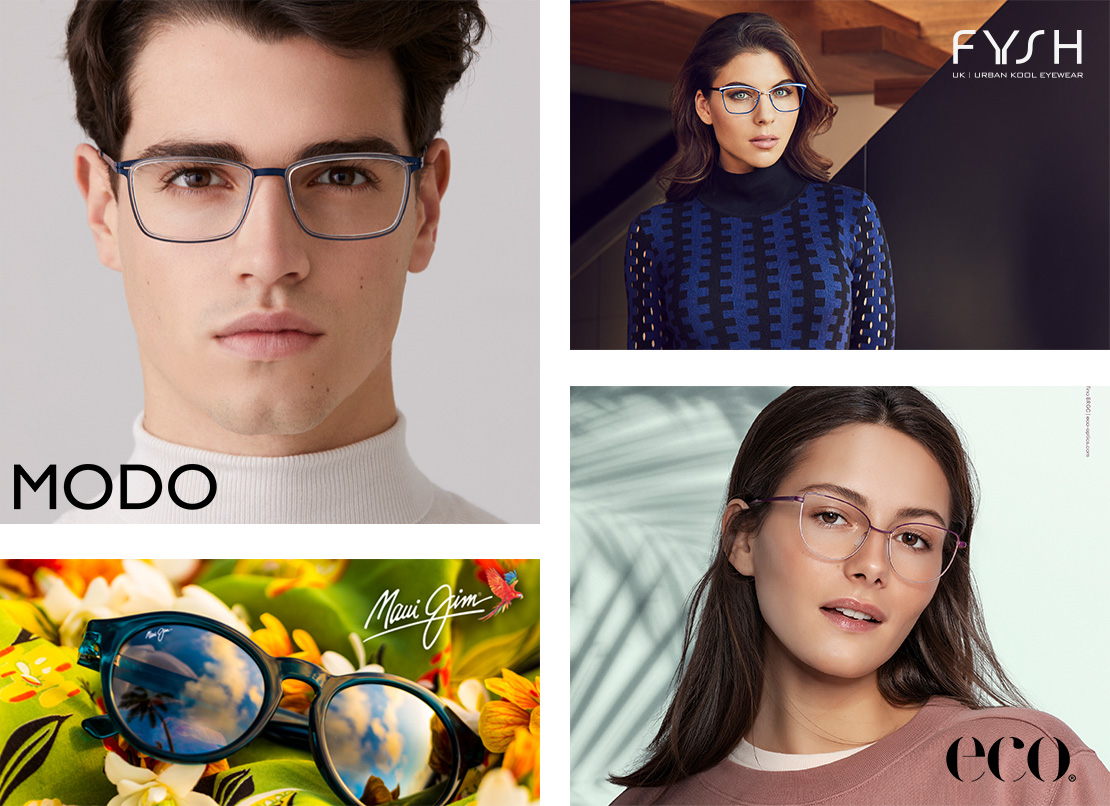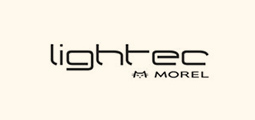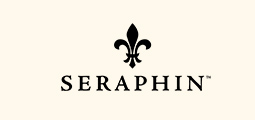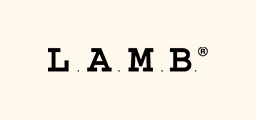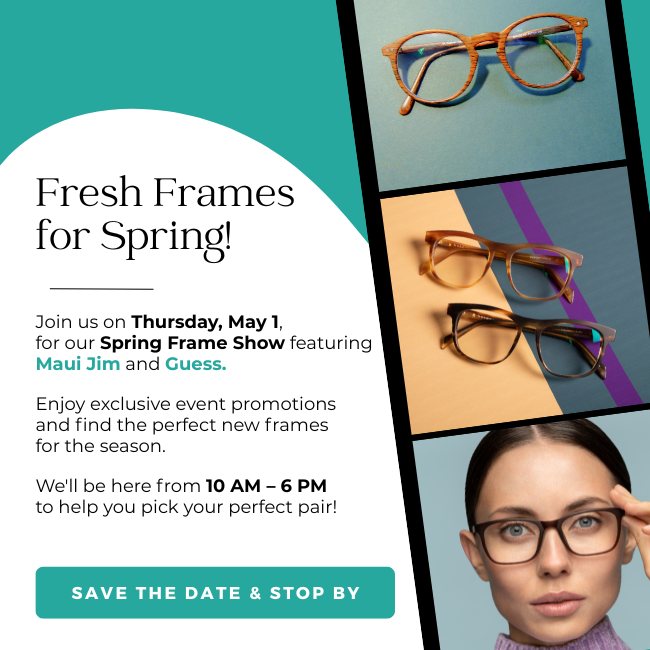According to the Canadian Journal of Ophthalmology, the average prescription eyeglasses can range from 240 to almost 1,000 dollars. If you’re looking for the best pair of lenses, what’re you paying for?
While budget glasses may seem like a bargain upfront, they often fall short in terms of quality, fit, and long-term durability. Investing in higher end eyewear can provide superior lenses, more durable materials, advanced coatings, reliable warranties, and a customized fit, all of which contribute to better vision and overall comfort.
Your optometrist writes you your prescription, but you can get your lenses from anywhere. Learn more about what you’re paying for when debating cheap and expensive lenses so you can make the best decision for your needs.
Are All Eyeglass Lenses the Same Quality?
No, all eyeglass lenses are not the same in terms of quality. Eyeglass lenses can vary in terms of materials used, manufacturing processes, coatings, and design features, which can significantly impact their quality and performance. Here are some factors that contribute to the variation in lens quality:
- Lens Material: Eyeglass lenses can be made from different materials, such as glass, plastic, or high-index materials. Each material has its own set of characteristics and optical properties, affecting aspects like lens thickness, weight, clarity, and impact resistance.
- Manufacturing Processes: The manufacturing process of eyeglass lenses can differ between manufacturers. Lens fabrication techniques, precision in shaping the lens, and quality control measures during production can affect the final quality of the lenses.
- Lens Coatings: Lens coatings, such as anti-reflective coatings, scratch-resistant coatings, or UV protection coatings, can enhance the performance and durability of the lenses. The quality and effectiveness of these coatings can vary, impacting factors like glare reduction, scratch resistance, and longevity.
- Lens Design: Lens design refers to the specific optical properties and characteristics built into the lens to correct various vision problems, such as nearsightedness, farsightedness, or astigmatism. Advanced lens designs that utilize wavefront technology or digital customization can provide higher precision and better visual acuity compared to standard designs.
- Brand and Manufacturer: The reputation and expertise of the brand and manufacturer also play a role in determining the quality of eyeglass lenses. Established brands with a focus on optical innovation and quality are more likely to produce higher-quality lenses.
Consulting with a qualified eye care professional can help guide you in choosing lenses that suit your specific visual needs and lifestyle. They can provide recommendations based on lens materials, coatings, and designs that offer the best combination of quality, comfort, and visual performance.
Cheap Lenses: What’re You Paying For?
Many assume expensive equals high-quality and cheap equals low-quality. Your glasses don’t need to cost hundreds of dollars to provide you with clear vision. If you’re looking for something to get the job done, cheaper lenses are never a bad option.
If you’re looking to get your hands on some lower-cost lenses, what’re you paying for?
Cost-Convenient Lenses
Cheaper lenses generally use more common lens materials. They may not be as tailored to your needs as other lens materials, but they still provide clear vision for a fraction of the cost.
Generally speaking, the lower the cost of your lenses, the fewer features you have available. You’re sacrificing a more personalized pair of lenses for something more frugal. If you’re debating going for a more cost-effective route with your glasses, think about what you need for your vision before buying.
Purchasing Convenience
You can buy cheaper lenses from a variety of locations. You can go to a retail store, vision centre, or even shop online.
If you need easy-to-obtain, cheaper lenses, you have convenience on your side. You can order a new pair of glasses without having to leave your couch.
With cheaper lenses, you’re getting what you need to provide yourself with clear vision, but more expensive options give you a more personalized pair of glasses. If you’re looking at more expensive lenses, what’re you paying for?
Expensive Lenses: What’re You Paying For?
Everyone deserves clear vision, but some are willing to pay more for high-quality lenses with additional features and customization. Lenses are incredibly customizable; you can add lens tint, anti-reflective coating, or scratch-resistant technology to your eyewear. You can create a lens designed for multiple prescriptions, including bifocals, trifocals, and progressive lenses.
Generally, the cost of your lenses depends on a combination of factors, including the lens’ quality, features, customization, and the service you’re purchasing your lenses from.
Even if you want quality eyewear without any additions, why might your bill end up expensive? If you’re wondering what you pay for with expensive lenses, here are some of the common factors:
High-Quality Lens Materials
With eyeglasses, there are more options for lenses than you think. With more options, there is a larger difference in price. Besides your standard glass or plastic lenses, many options exist, including:
Each type of lens offers different benefits for its user. Some are impact-resistant, lighter, or thinner; making a final decision usually comes down to preference. Generally speaking, a more customized or quality lens may affect your bill more than standard lenses.
Before you look for a new pair of lenses, think about your lifestyle and the features you need.
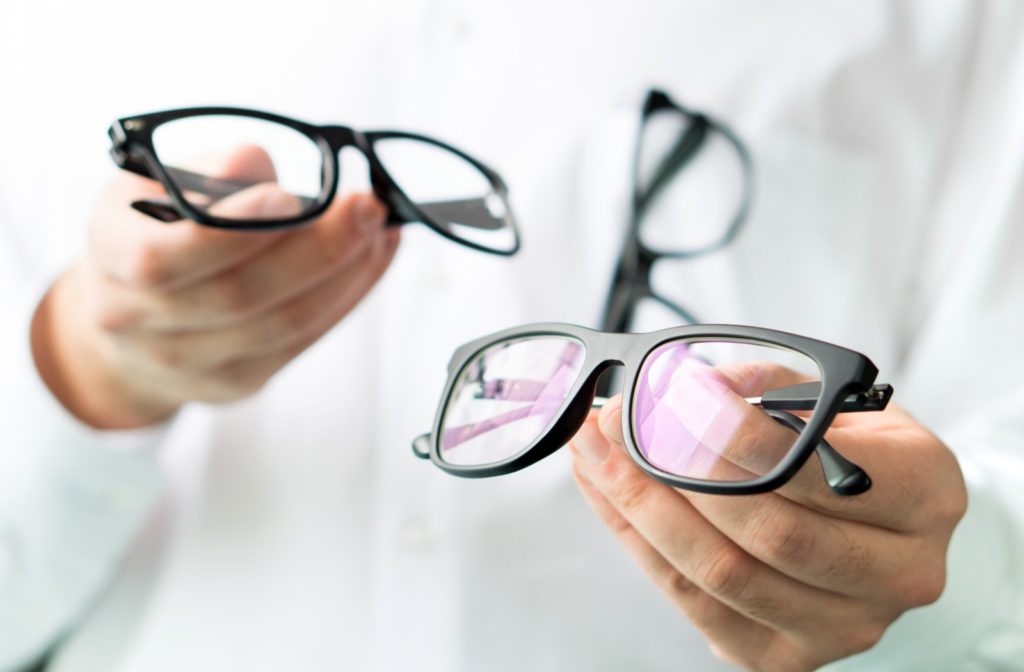
Lens Features
Besides the type of material your lenses use, there are other options to give your eyeglasses a personalized feel. If you’re suffering from presbyopia, you may have multiple prescriptions you switch between throughout your day. A common feature is the addition of multiple prescriptions in a single lens.
Your standard lenses have one prescription, but multifocal lenses are available for people needing 2 or more prescriptions in a single lens. There are several types of multifocal lenses, including:
If you need multiple prescriptions, research multifocal lenses before making your final decision; the convenience may be worth the cost. There are many multifocal lenses, but knowing what you need for your new eyeglasses can help with any cost considerations.
Lens Customization
With lenses today, there are many cosmetic and functional additions available. If you’re on your computer throughout the day, an anti-reflective coating can reduce the glare hitting your lenses. Scratch-resistant coating can protect your lenses from drops and falls.
Special lens treatments include:
- Lens tints
- Anti-reflective coating
- Photochromatic lenses
- Polarized lenses
- Scratch-resistant coating
These customizations can give your eyewear more protection and functionality, but this may come at a cost. Money-conscious eyeglasses wearers should determine if they need any lens customization before making a final decision.
Hands-On Professional Help
While some shop online or at retail vision stores, many people buy their eyewear from their optometrist’s office. While you’re trying on lenses, you have assistance from trained and experienced opticians. They can answer any questions or concerns you may have and help you fit your glasses.
Other retail stores may have cheaper costs, but they may not provide the level of service your optometrist’s office does. A comfortable, effective pair of glasses may be worth the extra cost.
The Importance of a Proper Fit
If you’ve ever found yourself constantly pushing slipping glasses back up your nose, you know how important a proper fit is. Choosing eyewear that is customized to your facial features and vision needs can make a meaningful difference in comfort and clarity. This approach helps you find the right frames and lenses for your individual eye care needs
Why Fit Matters for Comfort and Eye Health
A well-fitted pair of glasses doesn’t just feel better—it supports your visual health. Ill-fitting frames can lead to eye strain, headaches, and misaligned vision over time. Customized eyewear is crafted to suit your individual facial structure and optical measurements, ensuring all-day comfort and accurate vision correction that off-the-shelf options often can’t match.
How Cheap Glasses Can Distort Your Vision
Distorted vision isn’t just inconvenient; it can interfere with everyday activities like driving at night or reading a screen. With low-cost glasses, you may find yourself tilting your head or shifting your gaze just to find a clear spot.
Customized lenses that are professionally fitted by trained eyewear specialists are designed for clarity and precision, providing consistent vision across the entire lens without the need for constant adjustments.
Are Expensive Eyeglass Lenses Worth It?
Whether expensive eyeglass lenses are worth can depend on multiple factors including your visual needs, individual circumstances, and your preferences. When making a decision, here are several factors to consider:
- Visual Needs: If you have complex vision problems, such as a high prescription or astigmatism, investing in higher-quality lenses with advanced designs can provide sharper and more precise vision compared to standard lenses. Expensive lenses may offer better visual acuity and improved clarity, especially in challenging conditions.
- Lens Features: Expensive lenses often come with additional features and coatings. For example, anti-reflective coatings can reduce glare and improve visual comfort, while coatings like scratch resistance and UV protection enhance durability and protect your eyes. Consider whether these features align with your lifestyle and if the added benefits justify the higher cost.
- Long-Term Investment: If you plan to use the same pair of glasses for an extended period, investing in durable and high-quality lenses can be beneficial. They are less likely to scratch, chip, or degrade over time, resulting in better long-term value for your investment.
- Brand Reputation: Certain brands are renowned for their optical expertise, innovation, and commitment to quality. While their lenses may come with a higher price tag, the reputation and track record of such brands can instill confidence in the product’s quality.
- Personal Preferences: Everyone has unique preferences when it comes to eyewear. Some individuals prioritize functionality and performance, while others may prioritize aesthetics and fashion. Consider your personal preferences and weigh them against the cost when deciding if expensive lenses are worth it for you.
Your eye doctor can assess your visual needs, discuss available options, and recommend lenses that align with your requirements and budget. They can also provide guidance on the benefits and drawbacks of various lens choices, helping you make an informed decision that balances quality, cost, and personal preferences.
Do Your Research Before You Buy
If you need glasses, your lenses are an investment for long-term, clear vision. Before you make a final decision, determine what your vision needs.
Do some research on the lens materials, features, and customizations you need. You can always contact your optometrist’s office if you have any questions. Whenever you’re ready to purchase your new lenses, contact the corresponding retailer or call your optometrist at Eye Wellness.







